
EXCLUSIVE: 2024 Bajaj Pulsar 150 Launched, Know Onroad Price, New...
- Apr 9, 2024
- Views : 5388

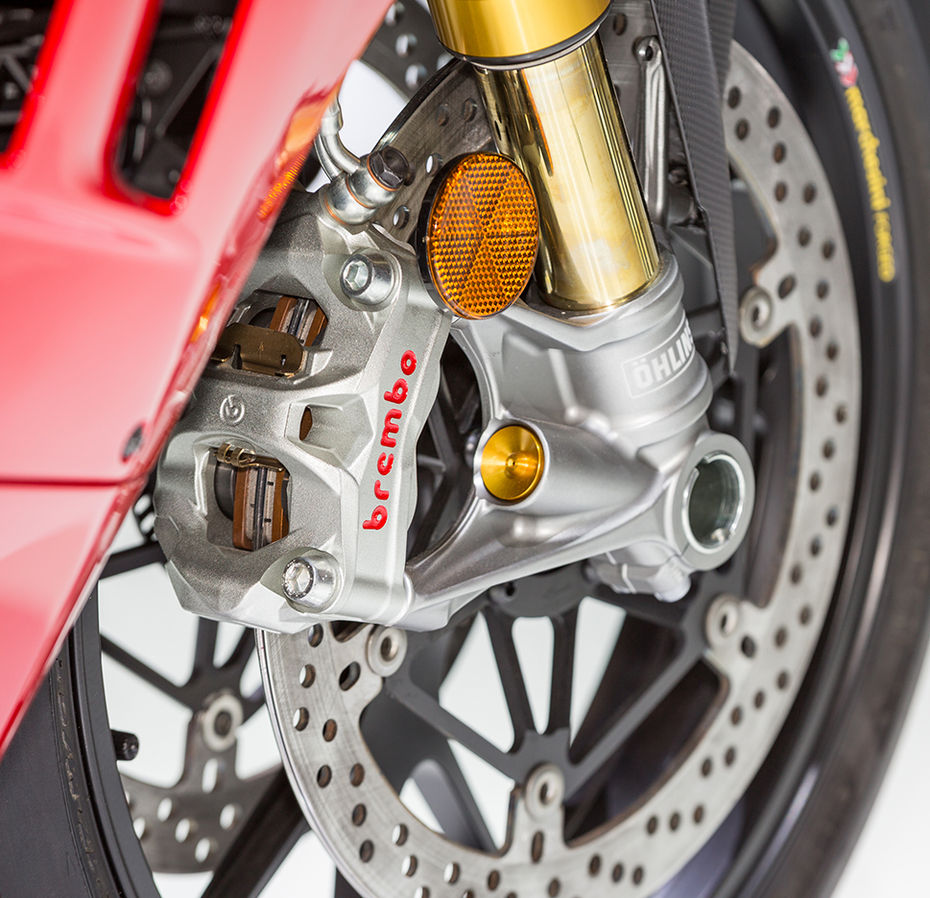
A good braking setup is as essential to performance and lap times as a powerful engine, and even more for safety. Braking technology has made quite a few advances over the years, going from drum brakes to hydraulic disc brakes, and electronic aids like ABS have now become commonplace too. Today, we’re taking a look at one of the most basic components of a modern-day braking system: the caliper.
The caliper has a rather simple job: to hold the brake pads in place and press them against the brake disc as required, using the force applied at the brake lever. There are different ways to go about this, which result in different caliper designs and mounting systems.
The principle used by hydraulic disc brakes is the same as that used by hydraulic jacks: Pascal’s Law. Basically, the force applied at the brake lever is transmitted to a fluid (brake fluid) and then from the fluid to the brake pads, which bite against the brake discs and slow the bike down.
One, Two and Four Piston Calipers

The simplest construction of them all uses just one piston, but two brake pads - one on either side of the disc. When the piston pushes one of the pads into the disc, the entire caliper moves laterally inboard (a tiny amount), bringing the opposite pad in contact with the disc as well. The clamping action ensures that equal force is applied onto the disc from either side.

2-piston calipers use two brake pads and two pistons, one of each on either side of the disc. This gives you slightly better initial bite and brake feel, since both pads come into contact with the disc at the same time. This also means that both pads wear more evenly.
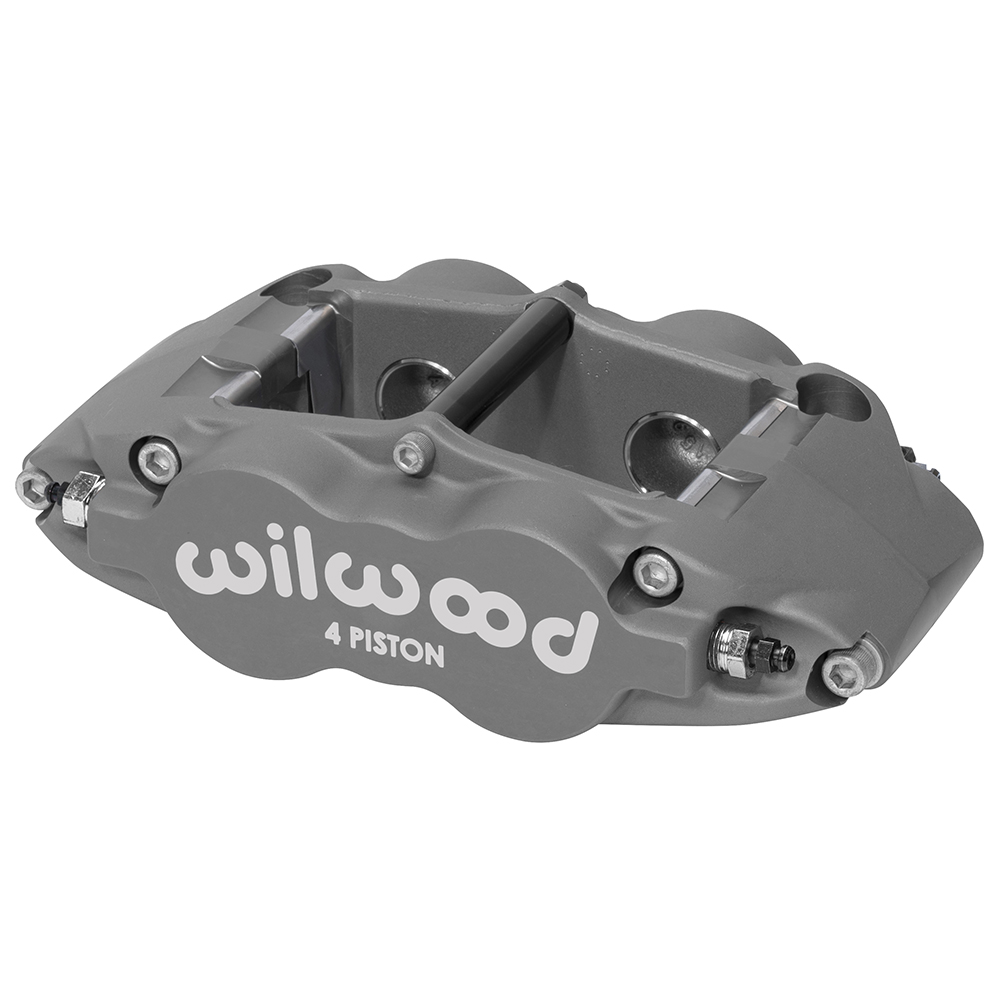
With 4-piston calipers, you have one brake pad and two pistons on each side of the disc. The greater number of pistons results in a more powerful braking setup, since more force can be applied by the pistons on the pads. It also distributes the force more evenly on the pads, meaning that they wear in a more uniform fashion. 4-piston calipers also tend to use larger brake pads to accommodate the pistons, and this means a greater swept area and more powerful brakes.
Also Read: What Are Counter-rotating Crankshafts & How Do They Help?
What Is A Monobloc Caliper?
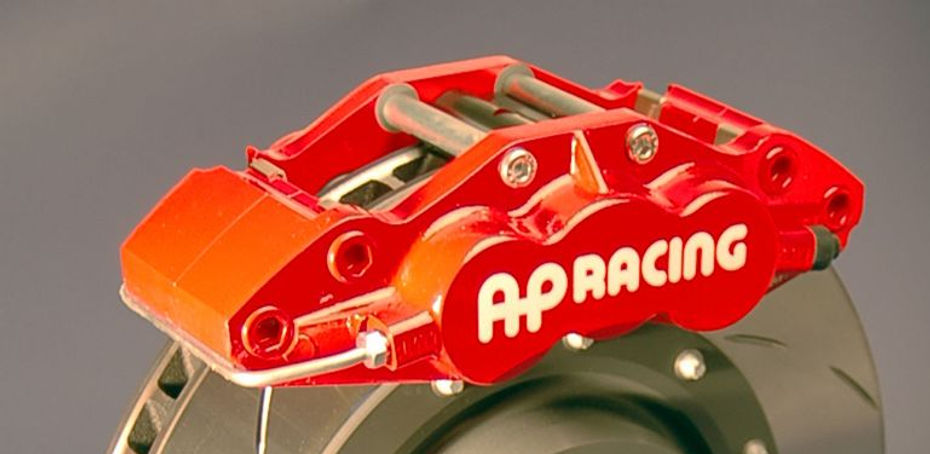
Traditionally, multi-piston calipers have been constructed in two halves, and on more affordable motorcycles they still are. Each half is machined separately and then they are bolted together. Such a caliper can be identified by a seam down its centerline. However, this construction is comparatively less stiff than a single-piece caliper machined entirely from one piece of metal. Such a caliper is called a monobloc caliper and it offers superior brake feel due to the higher structural rigidity. The best of the best is the Brembo Stylema caliper seen on bikes like the Ducati Panigale V4.
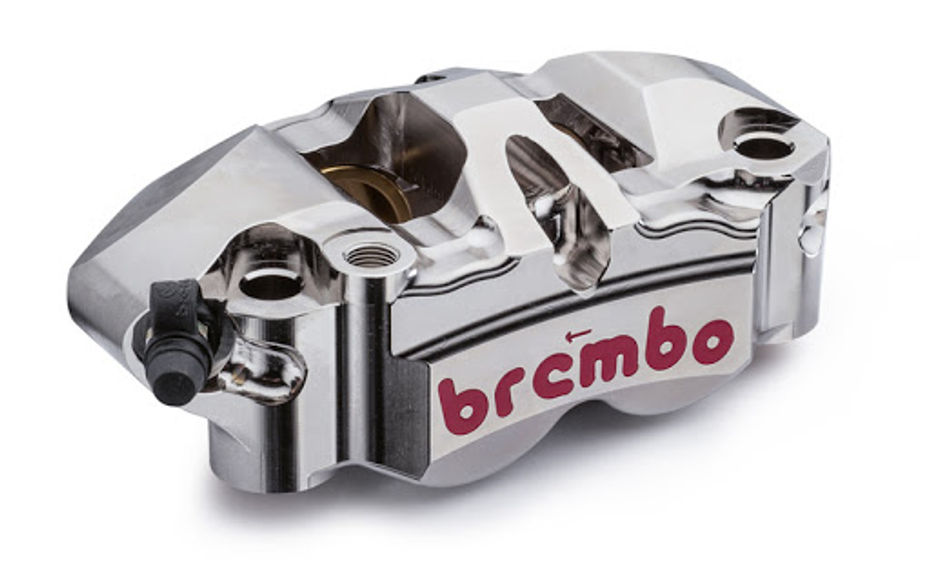
Radial vs Axial
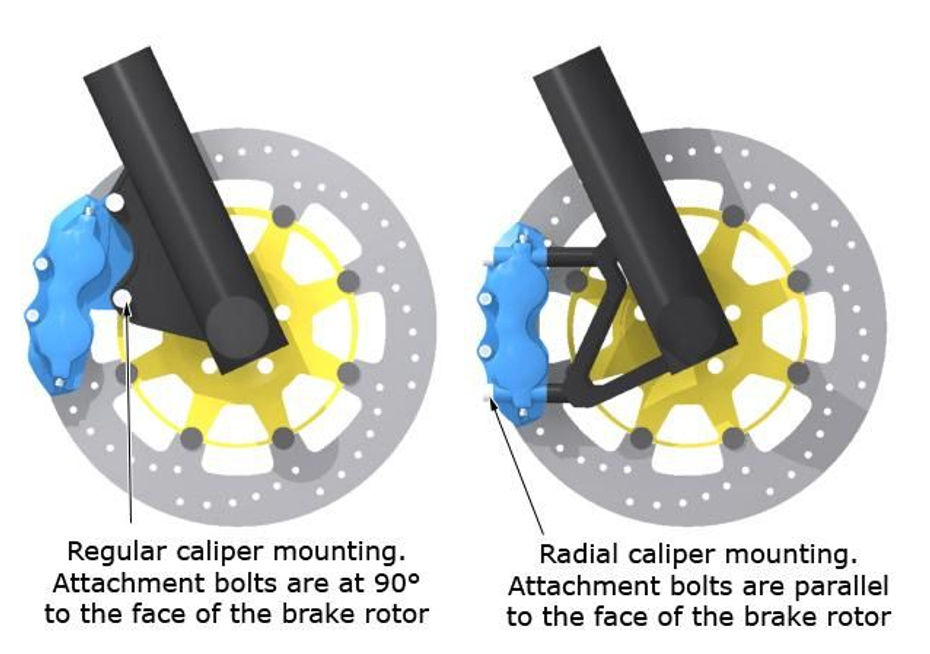
At the more affordable end of the spectrum, bikes use axially-mounted brake calipers (eg. Bajaj Pulsar 150), where the bolts holding the caliper to the fork bottom run perpendicular to the brake discs or parallel to the chassis. A better way of doing things is to have the bolts run radially outward from the axle (eg. KTM RC 390). Radial-mounting increases the stiffness of the assembly and reduces how much the caliper twists when the brakes are applied. This, in turn, improves feel at the lever and helps the pads to wear more evenly.
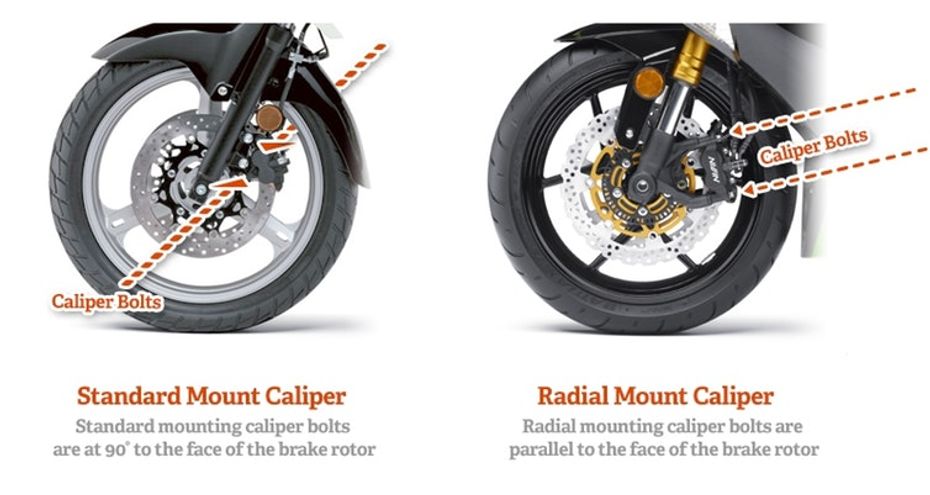

EXCLUSIVE: 2024 Bajaj Pulsar 150 Launched, Know Onroad Price, New...

Ather Rizta vs Ola S1 Air vs Bajaj Chetak vs TVS iQube :...

Ather Rizta’s Underseat Storage Revealed In New Teaser

Ather Rizta Launch On April 6: From Expected Price To Range...

Weekly Bike News Wrap-up: Bajaj Pulsar N125 And N250 Spied, Ather...

All-New Bajaj Pulsar NS400 Launch Confirmed: May 3, 2024

BREAKING: Ather Rizta Pre-Bookings Begin

Ather Rizta Launch Tomorrow: Know Expected Price, Range, Features And...

BREAKING: Ather Rizta Launched In India At Rs 1.10 Lakh
India's largest automotive community